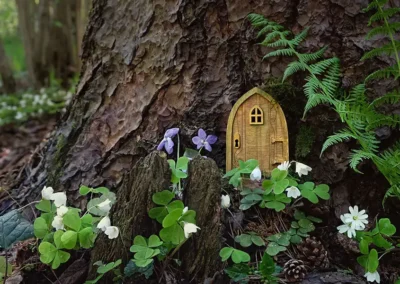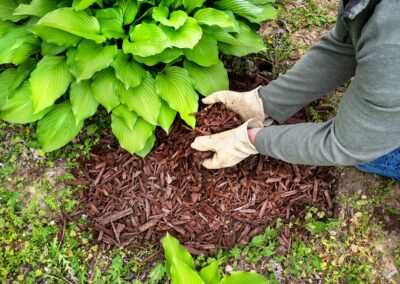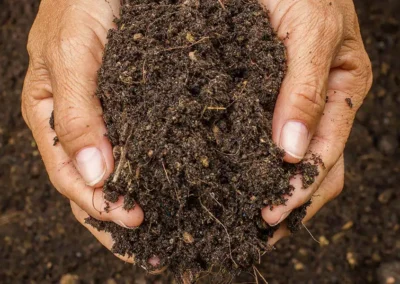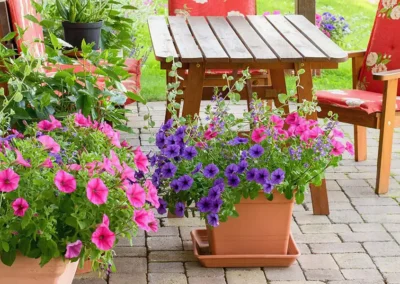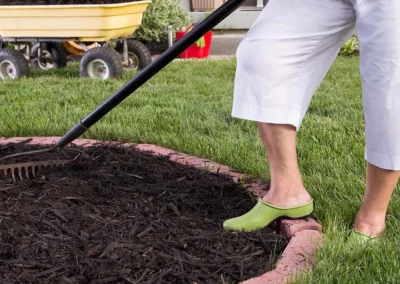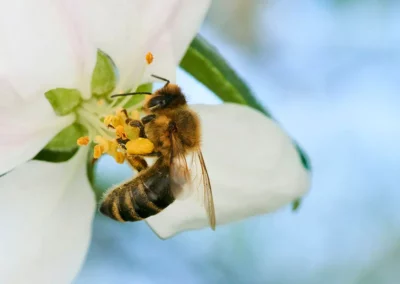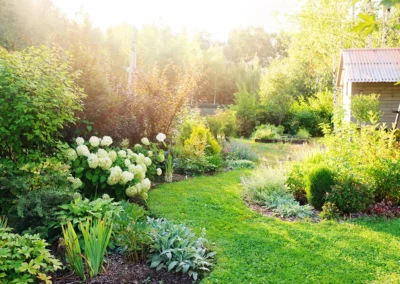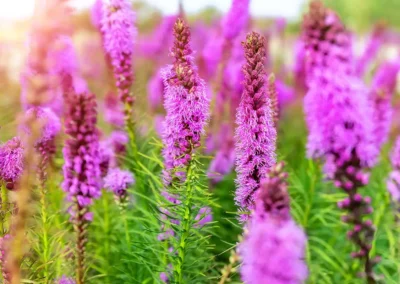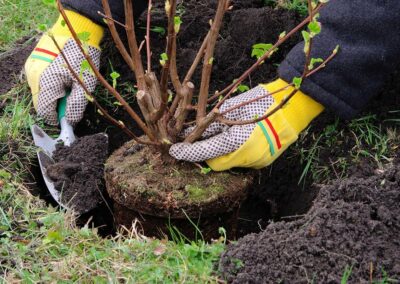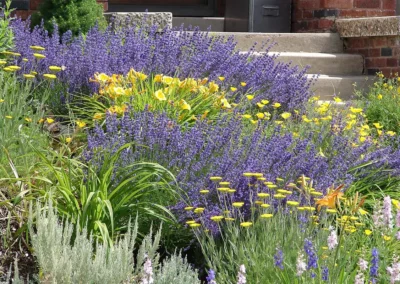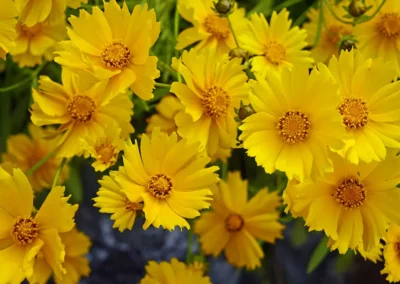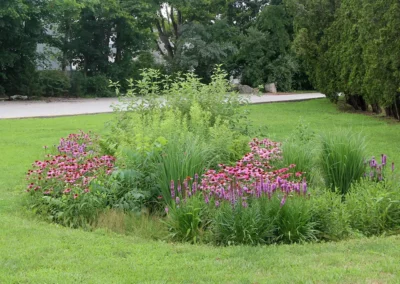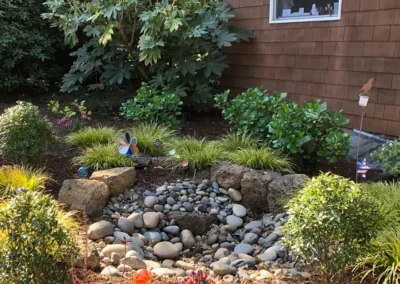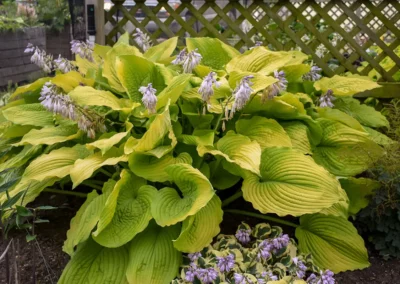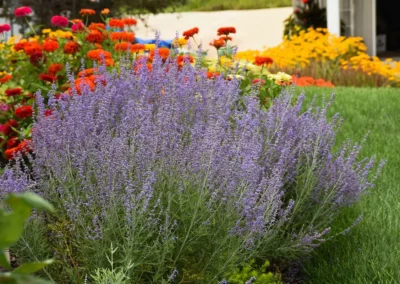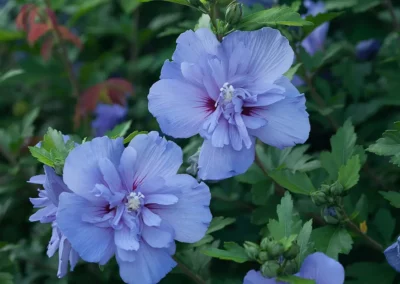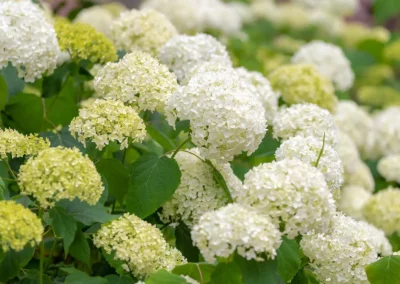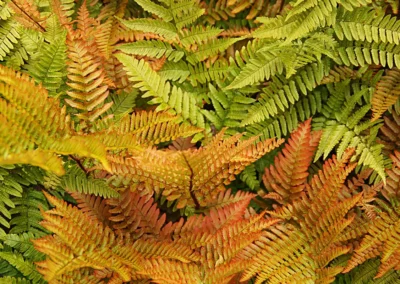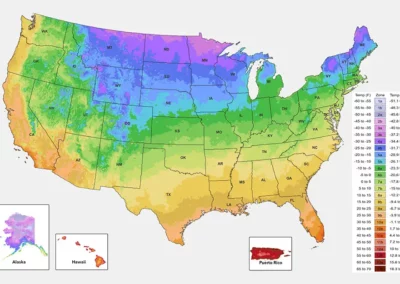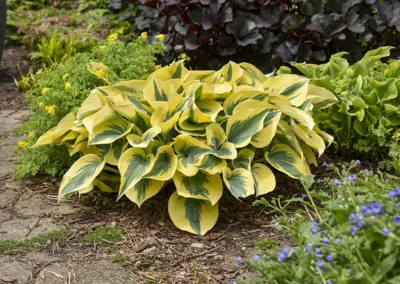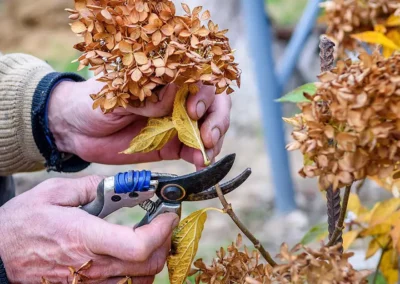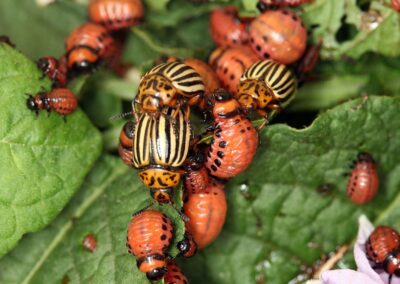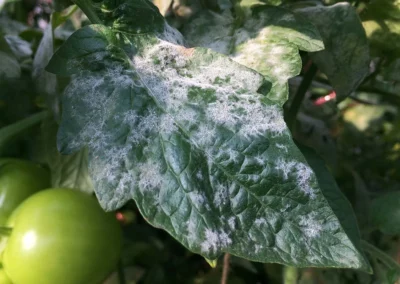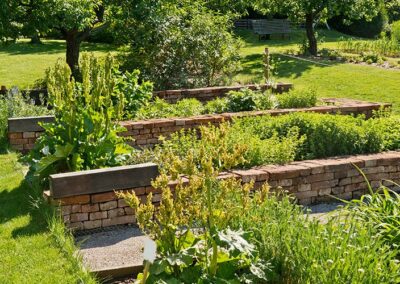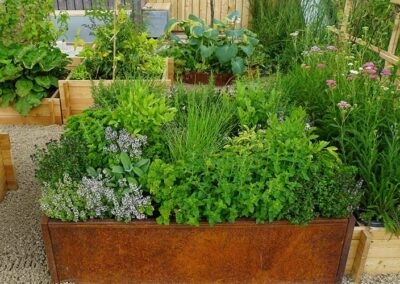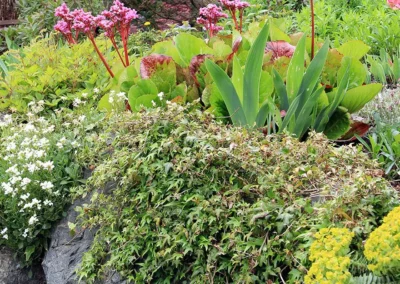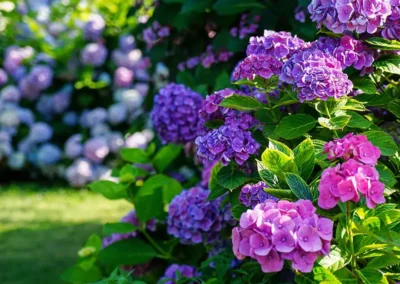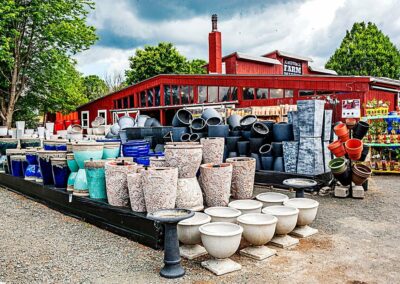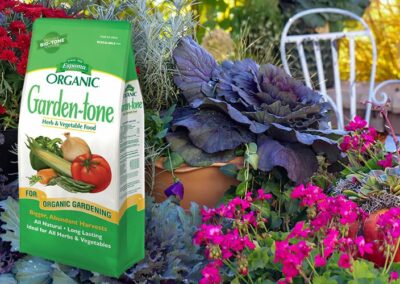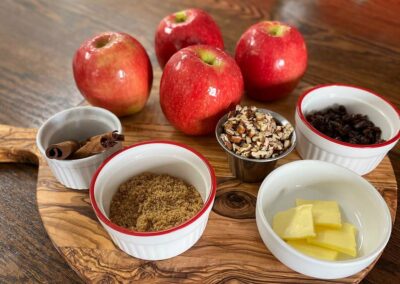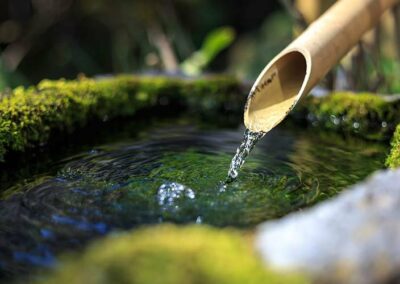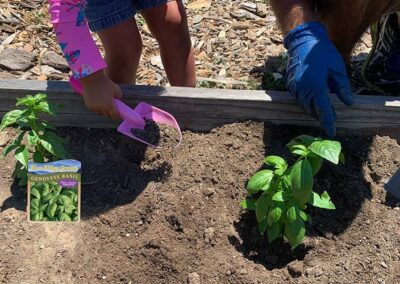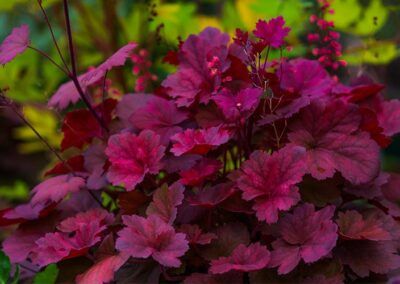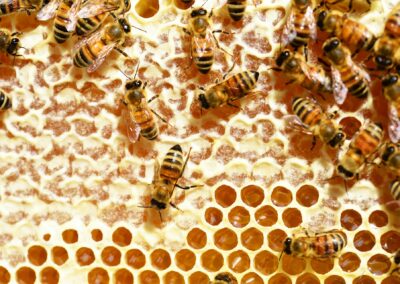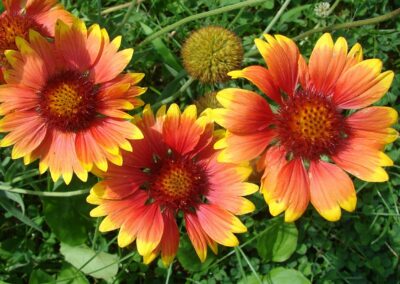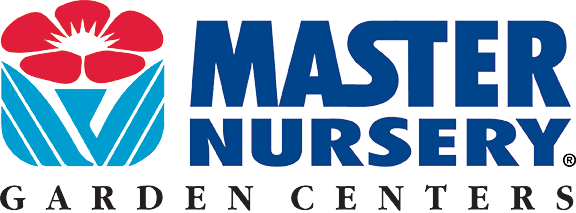What’s the difference between organic lawn care and conventional methods?
Well, non-organic lawn care methods can burn your lawn, leach out of the soil, require more frequent mowing (which is an issue, unless you LIKE mowing your lawn), can destroy beneficial microbes and earthworms, and use pesticides that can be harmful to kids and pets.
Organic lawn care, on the other hand, focuses on growing a healthy lawn, which helps defend it against insects and diseases. Healthy lawns begin with healthy soil. It’s crumbly, brown, and alive with earthworms and good microbes. Healthy soil also encourages roots to grow deep, making them resistant to drought and stress.
How do you get healthy soil?
Mowing
- Use a mulching mower to return clippings to the lawn. They can provide up to 30% of your lawn’s nutritional needs.
- Keep your mower blades sharp to avoid ripping the grass and to reduce the chance of disease.
- Don’t give your lawn a buzz cut. Taller grass helps suppress weeds… Keep your grass at least three to three and a half inches high.
- Cut often enough that you never remove more than a third of your lawn’s total height.
Watering
- Water your lawn thoroughly, with about one inch of water every week.
- Start this schedule in spring when your lawn shows the first signs of stress. Deep watering like this encourages deeper rooting.
- Early morning is the best time to water to avoid evaporation loss.
Adjusting pH
- Most lawns prefer a solid pH range of six to seven. If it’s outside this range, either more acidic or more alkaline, your lawn won’t use the nutrients in the soil.
- It’s a good idea to check your lawn’s pH with a soil test, available through the extension office or at your convenient home store. If you discover it’s too low in pH (more acidic), then add lime. If it’s too high (too alkaline), then add a product containing sulfur.
Feeding
- Want a deep green lawn (and who doesn’t?), then nitrogen is the not-so-secret ingredient. Generally, lawns need about three pounds of nitrogen for every one thousand feet.
- But, if you return your grass clippings back to your lawn when mowing like we suggest, you only need to add two pounds per thousand feet.
Espoma organic fertilizers offer a simple lawn program you can follow all year long.
- In early spring, get your lawn off to a great start with Espoma’s Spring Lawn Booster.
It’s fortified with calcium to help strengthen turf structure, increase nutrient uptake, and help protect it against disease. - In late spring, follow up with Espoma’s All Season Lawn Food.
It’s packed with biotone microbes that help make nutrients more available to your lawn. - In late summer, use Espoma’s Summer Revitalizer.
It contains iron that turns grass green without staining your sidewalk or patio. - Finally, in autumn, use Espoma’s Fall Winterizer.
It’s enhanced with extra potassium to help your lawn survive winter and thrive the following spring.
Follow these tips for a healthy, lush, safe lawn… And come in to see us at the Garden Market for Espoma organic products and many other things that can make you and your garden happy!

